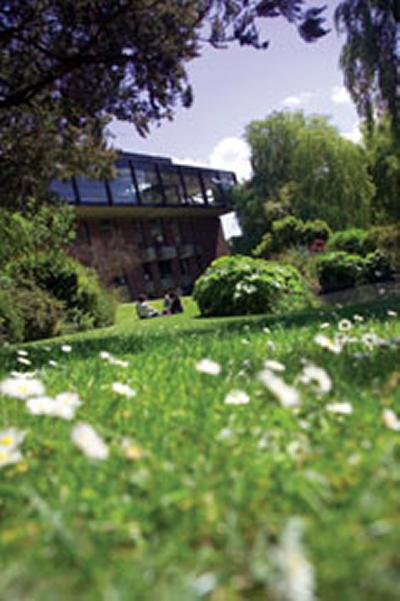Hunt begins for Southampton's wildlife

Budding naturalists of all ages are being invited to join plant and animal experts to help identify the wildlife found around the University of Southampton's Highfield Campus, during Southampton's first BioBlitz.
The intensive wildlife survey, which takes place on Friday 13 and Saturday 14 June, will see local people join wildlife groups and university scientists in a race against the clock to find as many species of plants and animals as possible in 24 hours.
The free event kicks off with a guided bat walk on Friday evening, where experts will show people how to find bats using special monitors which pick up the echoes that the creatures use to navigate.
The following day groups will depart from Highfield Campus to explore the area around the university and the adjacent common, while getting advice on how to spot and identify birds, bugs, flowers and other local wildlife.
Visitors will take part in some important citizen science and learn more about the wildlife that surrounds them. Dr Marcus Grace, Senior Lecturer in Science Education at the University of Southampton, is one of the academics leading the event. He said: “This is a rare opportunity to see and learn about the plants and animals that live in our area. It’s never been done before and we might find something new.
“Southampton is actually a very green city. As well as the Common and the parks there are streams and hedgerows which provide ‘green corridors’ for wildlife to travel between them. We also have a relatively mild climate and some unusual species come across from warmer European countries in the summer. The city is home to a wide range of mammals, birds, reptiles, butterflies and bees. The rare Tree Bee has recently been found in the university grounds, making it only the second place that the bee has ever been recorded in the UK.”
The data collected during BioBlitz will be added to a vast database at the Hampshire Biological Information Centre, to compare Southampton’s biodiversity with other places in the county. This information will then be used to see how wildlife populations might change in the future.